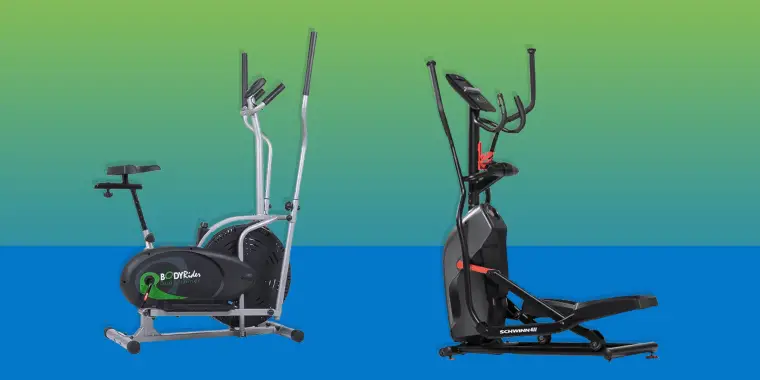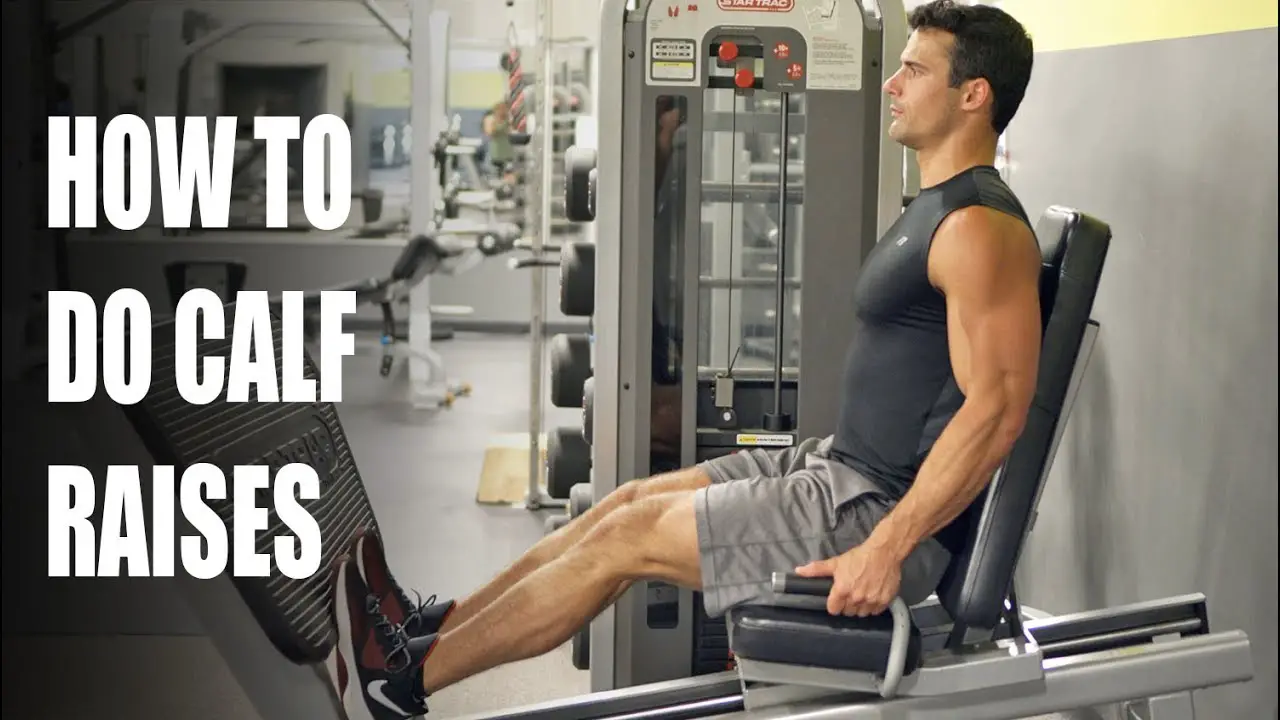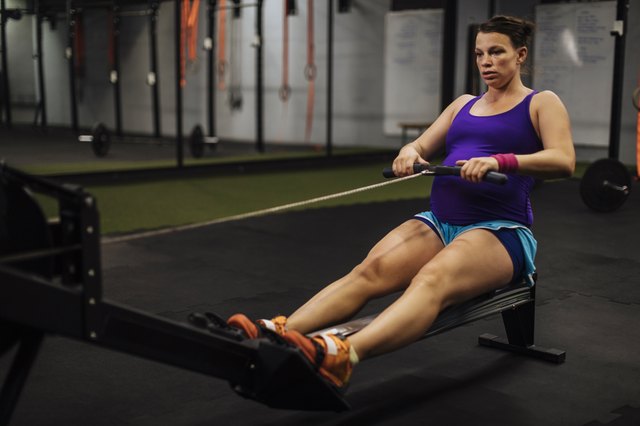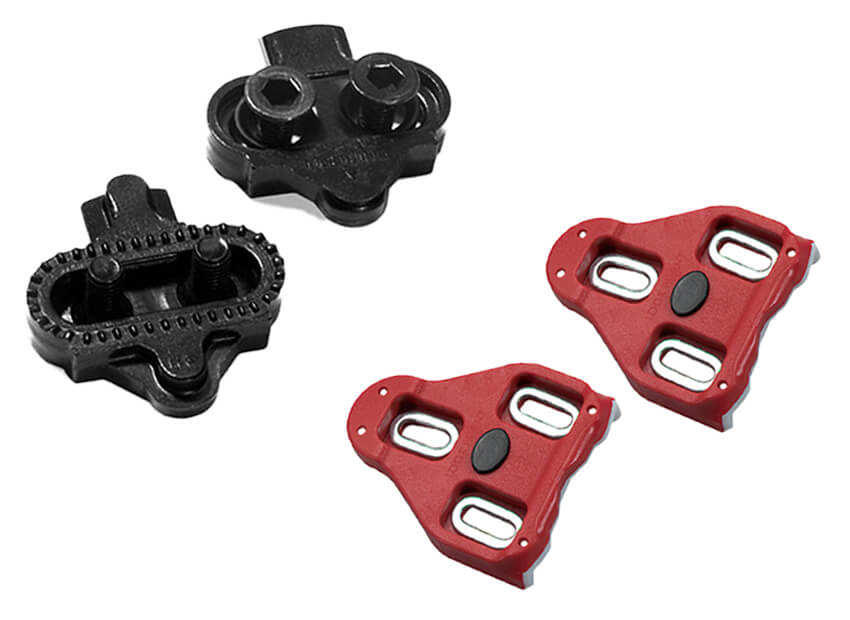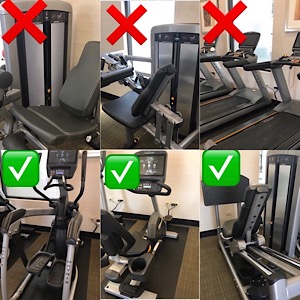The best exercise equipment for plantar fasciitis is those that focus on stretching and strengthening the muscles, tendons, and ligaments of your feet. A foam roller is a great tool to use because it helps break down tight tissue in your feet while also helping increase circulation. Resistance bands can be used to strengthen the muscles around the heel and arch of your foot.
An adjustable calf stretcher can help with stretching out tight calves which may be contributing to issues with plantar fasciitis. Lastly, a good pair of supportive shoes or orthotics will provide cushioning and support when you’re exercising or walking.
If you suffer from plantar fasciitis, finding the best exercise equipment to help manage your symptoms can be a challenge. Fortunately, there are several types of exercise equipment that can help reduce pain and improve strength in the feet and ankles. From foam rollers to ellipticals to stretching bands, here are some of the best exercise equipment for managing plantar fasciitis.
Foam Rollers: Foam rolling is an effective way to massage tight muscles and increase circulation in the feet. This type of self-massage helps relieve tension in the fascia (the tissue connecting your heel bone with the toes) which is often responsible for causing plantar fasciitis pain. A foam roller also helps stretch out muscles that have become overly tight due to overuse or injury, helping them return back to their normal length-tension balance.
Ellipticals: Elliptical machines provide a low-impact workout geared towards strengthening foot and ankle muscles while simultaneously reducing stress on joints caused by running, walking, or other activities involving repetitive motion such as dancing or cycling.
5 Best Exercise Equipment for Plantar Fasciitis
-
Foam Roller: A foam roller is an excellent tool for stretching and massaging the plantar fascia, relieving pain, and improving flexibility.
-
Exercise Ball: An exercise ball can be used to perform calf raises and other exercises that target the plantar fascia.
-
Arch Supports: Arch supports provide cushioning and support to the arch of the foot, helping to reduce the strain on the plantar fascia.
-
Resistance Bands: Resistance bands can be used to perform strengthening exercises that target the muscles in the foot and calf, helping to improve the stability of the foot and reduce pain in the plantar fascia.
-
Foot Massagers: Foot massagers are specifically designed to target the plantar fascia, helping to improve circulation and reduce pain and inflammation.
What Exercises Should Be Avoided With Plantar Fasciitis?
If you suffer from plantar fasciitis, you know how painful and debilitating it can be. As such, it’s important to take special care when exercising so that your condition doesn’t worsen. Here are some exercises to avoid if you have plantar fasciitis:
1. High-impact activities – Activities like running, jumping rope, and other high-impact sports can put too much strain on the feet and aggravate the condition. Avoid these types of exercises until your pain subsides or consult with a professional before attempting them again.
2. Calf raises – Calf raises involve raising up on your toes which puts strain directly onto the Plantar Fascia which is already inflamed and irritated due to plantar fasciitis.
Even worse, calf raises require balance so they can cause falls if done incorrectly or without proper support while doing them (such as holding onto a wall).
3. Lunges – Lunges also put pressure directly onto the Plantar Fascia by stretching it out during each lunge step forward and back into position again.
Is Stationary Bike Good for Plantar Fasciitis?
If you suffer from plantar fasciitis, a common condition characterized by heel pain caused by inflammation of the tissue that connects your heel bone to your toes (the plantar fascia), then using a stationary bike can be a great way to reduce symptoms and even prevent further damage. Stationary bikes offer low-impact exercise, which is important when it comes to rehabilitating an injury like plantar fasciitis. This type of exercise helps increase circulation while strengthening the muscles in the feet and lower legs without putting too much strain on them or aggravating existing pain.
When used correctly, stationary bikes can provide significant relief for people suffering from plantar fasciitis. Start off slowly with light resistance and gradually increase intensity as you become more comfortable with pedaling. Begin each session with some stretching exercises for your feet and calves before getting on the bike, as this will warm up the muscles and help prepare them for exercise.
Give yourself plenty of time during each session to cool down afterward – take things slow so that you don’t overwork yourself or put too much strain on already tender areas.
Does Plantar Fasciitis Go Away With Exercise?
When it comes to plantar fasciitis, exercise is often recommended as a way to reduce pain and discomfort. But does plantar fasciitis go away with exercise? The answer is yes – in some cases.
Plantar fasciitis is a type of inflammation that occurs in the tissue running along the bottom of your foot. It causes heel pain, stiffness, and swelling around the area, which can make walking or standing difficult for those affected by it. Exercise may be able to help improve symptoms of plantar fasciitis because it strengthens the muscles and tendons in your feet to provide more support.
Additionally, certain stretching exercises can help stretch out tight tissues that might be causing pain or tension on your heels. However, while exercise may be beneficial for people suffering from plantar fasciitis, it’s important not to overdo it—too much activity can actually worsen symptoms instead of helping them. You should start slowly with low-impact activities like swimming or cycling before moving on to higher-impact activities such as running or jumping rope if you are able.
Always remember to take breaks when necessary so you don’t cause further injury or irritation.
Does a Tens Machine Work for Plantar Fasciitis?
Plantar fasciitis is a painful condition that affects the heel of the foot. It occurs when the plantar fascia, a band of tissue that connects your heel bone to your toes, becomes inflamed and tightens up. In most cases, it can be treated with rest, stretching exercises, and pain medications.
However, for those who don’t respond to these treatments or for people who need faster relief from their symptoms, a TENS machine may be an option. A TENS (transcutaneous electrical nerve stimulation) machine uses mild electric currents to stimulate nerves in order to relieve pain. This therapy has been used effectively by physical therapists for years as part of treatment plans for various conditions such as neck pain, back pain, and sciatica.
More recently it has become popular among patients suffering from plantar fasciitis due to its potential ability to reduce inflammation while also providing analgesic benefits. The way this works is by stimulating certain areas of the body with low-level electrical pulses which signal the brain via nerve pathways in order to block out sensations of pain coming from injured tissues in the affected area(s).
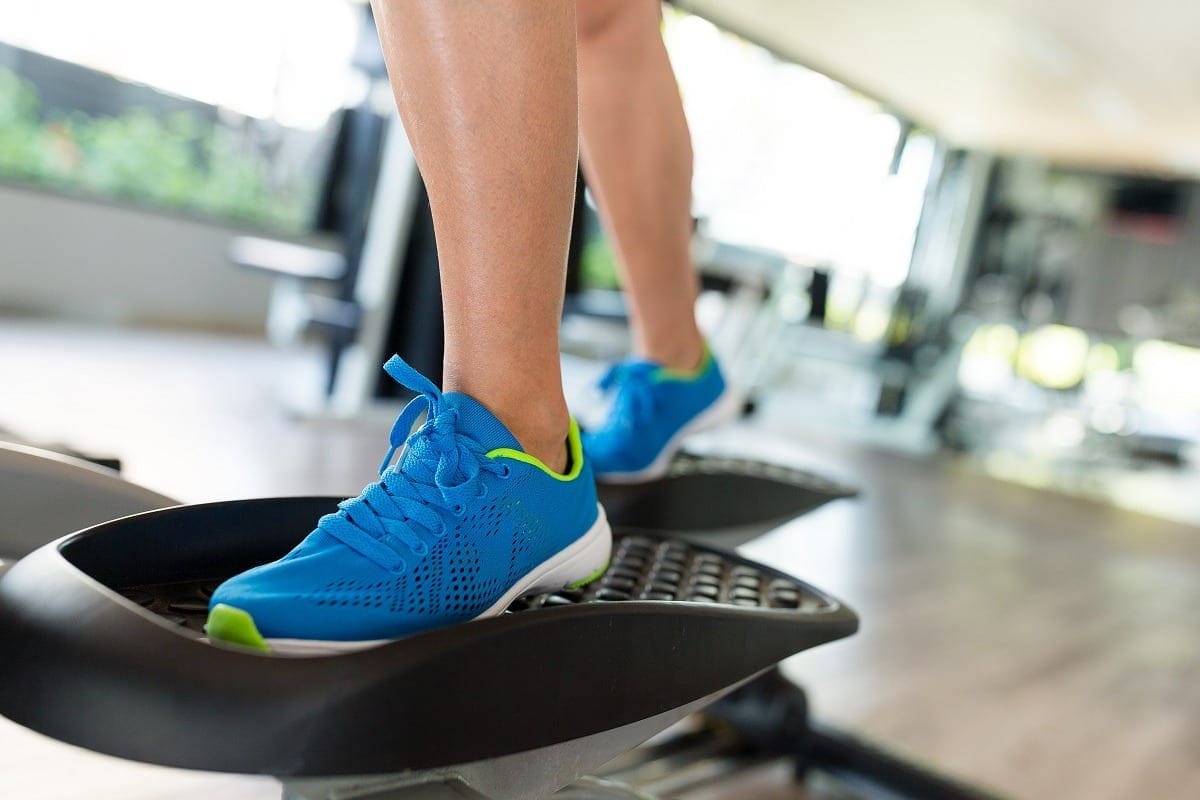
Credit: drfootpain.com
How to Cure Plantar Fasciitis in One Week
If you’re suffering from plantar fasciitis and looking for a way to cure it in just one week, you’ve come to the right place. Plantar fasciitis is an extremely painful condition that can be caused by overuse or excessive strain on the foot and heel. The pain is often localized at the bottom of your foot near your heel, but can also spread up into your calf muscles as well.
Fortunately, there are some simple steps that you can take to help reduce the pain associated with this condition and get back on your feet again in no time. The first step in curing plantar fasciitis is to rest your feet as much as possible throughout the week. This means avoiding any activities that involve repetitive movement such as running or walking long distances, standing for prolonged periods of time, or wearing high heels.
Additionally, try not to wear shoes without arch support or cushioning – these types of shoes may aggravate existing symptoms and make them worse over time. If necessary, use crutches or a cane while walking around during this period so that you don’t put too much weight on your affected foot unnecessarily.
Plantar Fasciitis Exercise Equipment
If you suffer from plantar fasciitis, you understand the daily pain and discomfort that comes with it. But did you know that there are certain pieces of exercise equipment specifically designed to help relieve your symptoms? In this blog post, we’ll explore some of the best plantar fasciitis exercise equipment out there so that you can get back to living pain-free.
First off, let’s talk about foam rollers. Foam rolling is an effective way to stretch and massage tight muscles in your feet and calves which can help reduce inflammation caused by plantar fasciitis. You simply use your body weight on a cylindrical foam roller while rolling up and down the length of your foot or calf muscle for 30 seconds or more at a time.
Doing this regularly will provide relief from painful areas as well as improve circulation in those areas! Next up are resistance bands. These rubber bands come in various levels of tension which makes them great for stretching exercises aimed at relieving plantar fasciitis-related pain.
Simply loop one around both feet then pull against the band for 15-20 seconds at a time.
Exercises to Avoid Plantar Fasciitis
If you’re suffering from plantar fasciitis, a common type of foot pain, you might be wondering which exercises to avoid so as not to aggravate the condition. Plantar fasciitis is caused by inflammation in the fascia tissue on the bottom of your foot and can cause sharp heel pain when walking or running. While exercise is generally beneficial for overall health and well-being, certain activities can worsen this condition.
To help ease your discomfort and keep your feet feeling healthy, here are some exercises to avoid plantar fasciitis:
1. Running/Jogging – Running puts a lot of pressure on the feet which can make existing foot problems worse like plantar fasciitis. If you have this condition it’s best to stay away from any running-related activities until it has healed completely; otherwise, it will become more inflamed and painful over time.
2. High Impact Aerobics – This includes any aerobic activity that involves jumping such as kickboxing or plyometric training because these movements jar the bones in your feet causing irritation and inflammation around areas affected by plantar fasciitis.
Conclusion
If you have plantar fasciitis, it can be difficult to know which exercise equipment is best for you. Luckily, there are some great options that can help reduce the pain and inflammation associated with this condition. The first piece of equipment to consider is an elliptical trainer or stationary bike.
Both of these machines allow for low-impact cardio workouts that won’t strain your feet too much. Additionally, they provide a good way to improve fitness levels while easing discomfort in the feet and calves. Another option would be an adjustable balance board or wobble board – this helps strengthen muscles around the heel and ankle while providing support during activities like running or walking on uneven surfaces.
For those who prefer more traditional methods of exercising at home, a foam roller is another great choice as it helps stretch out tight muscles in your lower legs and feet while relieving tension in the fascia tissue surrounding them. Finally, resistance bands are also helpful when used correctly – they can help build strength in tendons and ligaments without putting extra pressure on your joints as weights might do.

